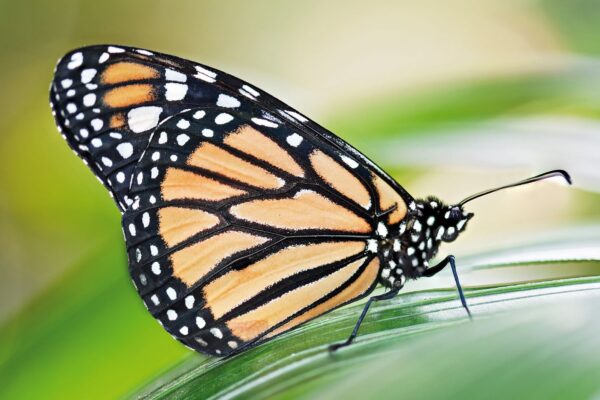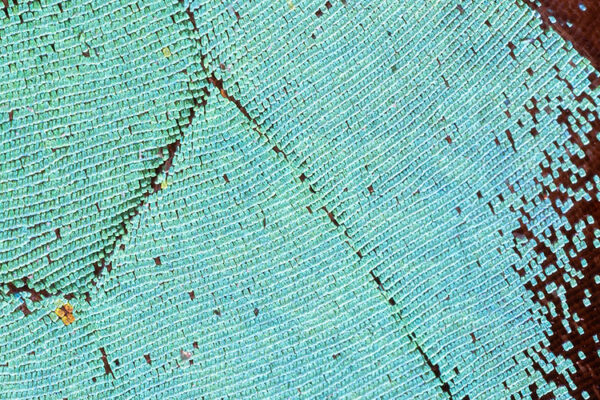Bavarian State Collections of Natural History
The Bavarian State Collections of Natural History (Staatliche Naturwissenschaftliche Sammlungen Bayerns, SNSB) archive around 33 million specimens – one of the largest and oldest natural history collection in Germany. The state collections are very broadly positioned with anthropology, paleoanatomy, botany, mineralogy, paleontology, geology and zoology. The scientific collections are used in many ways by research, but they also provide a basis for academic education and numerous exhibitions in the SNSB museums.
News
New carnivorous plant discovered in Bavaria
16. December 2025 | Press Releases
Volunteer Day 2025
5. December 2025 | News
Bear teeth break free – Researchers discover the origin of unusual bear dentition
1. December 2025 | Press Releases
Exhibitions
Special Exhibition: Tropical Butterflies
13.12.2025 - 08.03.2026 -
Exhibition
Botanischer Garten München-Nymphenburg
200 Million Years
13.12.2025 - 08.03.2026 -
Exhibition
Botanischer Garten München-Nymphenburg
Wildlife Photographer of the Year
05.12.2025 - 08.03.2026 -
Ausstellung
Museum Mensch und Natur








